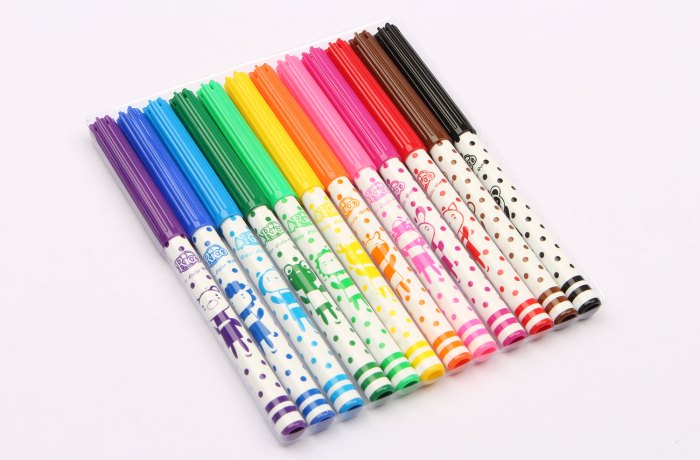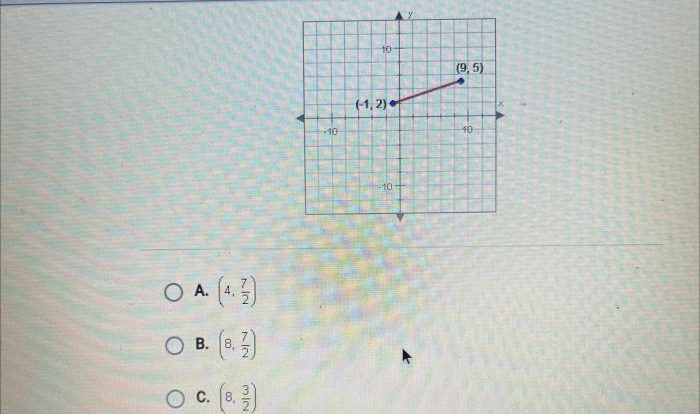How many pattern block triangles would create 2 hexagons? This question delves into the realm of geometry, where shapes and their properties intertwine to form intriguing patterns. Pattern block triangles, with their unique shape and versatility, play a pivotal role in constructing hexagons, a fascinating polygon with six sides and angles.
Unveiling the characteristics of pattern block triangles and hexagons, this exploration delves into the intricacies of their construction. Step-by-step instructions guide the creation of hexagons using pattern block triangles, complemented by illustrative visuals and practical applications. Discover the captivating world of geometry as we embark on this journey to uncover the answer to this intriguing question.
Pattern Block Triangles: How Many Pattern Block Triangles Would Create 2 Hexagons

Pattern block triangles are equilateral triangles with sides measuring one unit. They are made of durable plastic and come in a variety of colors. Pattern block triangles can be used to create a wide variety of shapes, including hexagons.
One of the unique properties of pattern block triangles is that they can be connected to each other in a variety of ways. This allows for the creation of complex and interesting shapes.
Hexagons
Hexagons are polygons with six sides and six angles. They are regular polygons, which means that all of their sides and angles are equal. Hexagons can be constructed using a variety of methods, including using pattern block triangles.
The geometric properties of hexagons include the following:
- Number of sides: 6
- Number of angles: 6
- Number of vertices: 6
- Interior angle measure: 120 degrees
- Exterior angle measure: 60 degrees
Creating Hexagons with Pattern Block Triangles
To create a hexagon using pattern block triangles, you will need six pattern block triangles. The triangles should be arranged in a regular hexagon shape, with the sides of the triangles touching each other.
The following table illustrates the process of creating hexagons with pattern block triangles:
| Number of Triangles | Arrangement |
|---|---|
| 6 | Arrange the triangles in a regular hexagon shape, with the sides of the triangles touching each other. |
The following image shows a hexagon that has been created using pattern block triangles:
[Image of a hexagon created using pattern block triangles]
Applications and Examples, How many pattern block triangles would create 2 hexagons
Creating hexagons with pattern block triangles has a variety of applications in various fields, including education, design, and art.
In education, pattern block triangles can be used to teach students about geometry and shapes. Students can use the triangles to create hexagons and other polygons, and they can learn about the properties of these shapes.
In design, pattern block triangles can be used to create tessellations and other geometric patterns. These patterns can be used to create interesting and visually appealing designs for a variety of applications, such as wallpaper, fabric, and flooring.
In art, pattern block triangles can be used to create mosaics and other artwork. The triangles can be arranged in a variety of ways to create different designs and patterns.
The following are some examples of real-world scenarios where hexagons created with pattern block triangles have been used effectively:
- In education, pattern block triangles have been used to teach students about geometry and shapes. For example, students can use the triangles to create hexagons and other polygons, and they can learn about the properties of these shapes.
- In design, pattern block triangles have been used to create tessellations and other geometric patterns. For example, the triangles have been used to create wallpaper, fabric, and flooring.
- In art, pattern block triangles have been used to create mosaics and other artwork. For example, the triangles have been used to create murals, sculptures, and paintings.
Using pattern block triangles to create hexagons has several benefits and advantages compared to other methods. One advantage is that pattern block triangles are easy to use and can be manipulated by people of all ages. Another advantage is that pattern block triangles are relatively inexpensive and can be purchased in bulk.
Finally, pattern block triangles are durable and can be used over and over again.
FAQ Compilation
How many pattern block triangles are needed to create one hexagon?
Six pattern block triangles are required to create one hexagon.
What is the shape of a pattern block triangle?
A pattern block triangle is an equilateral triangle with three equal sides and three equal angles.
What is the difference between a hexagon and a triangle?
A hexagon has six sides and six angles, while a triangle has three sides and three angles.



